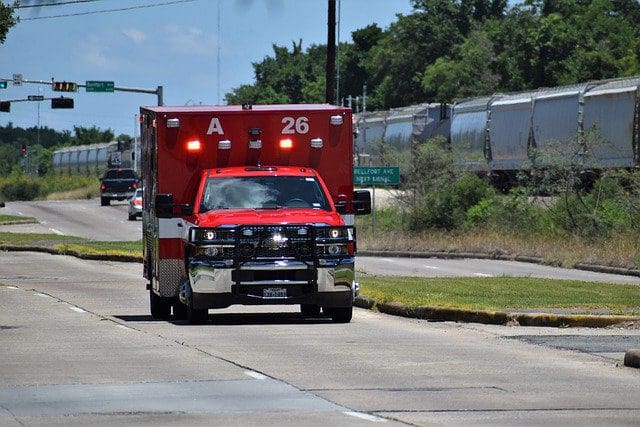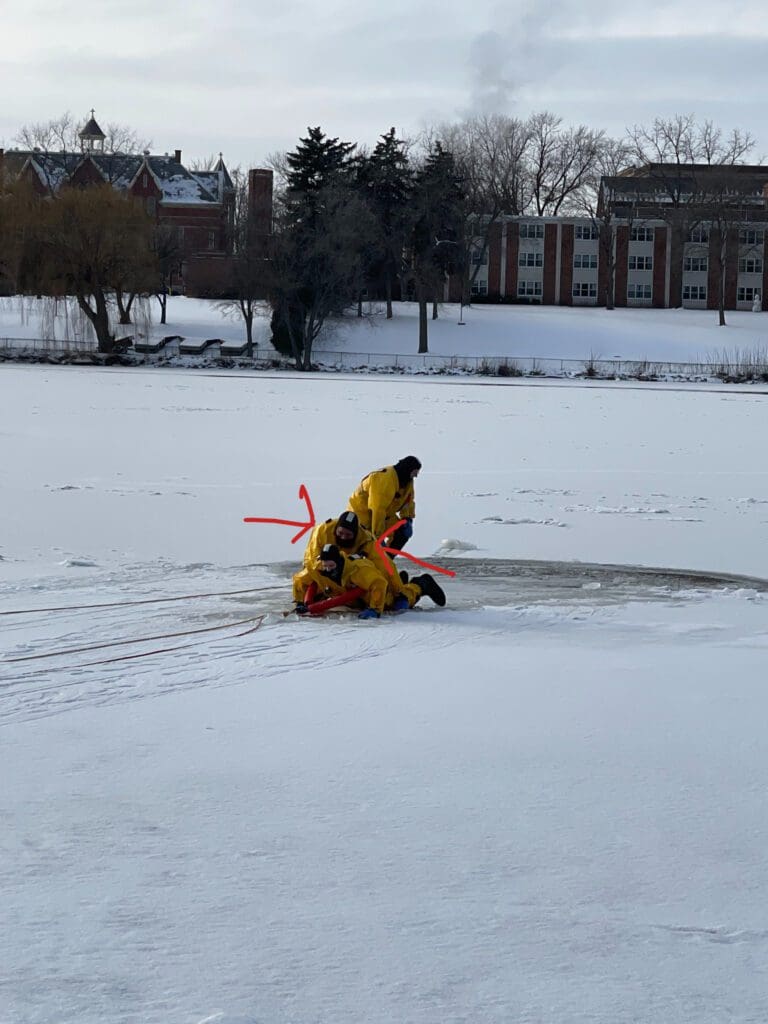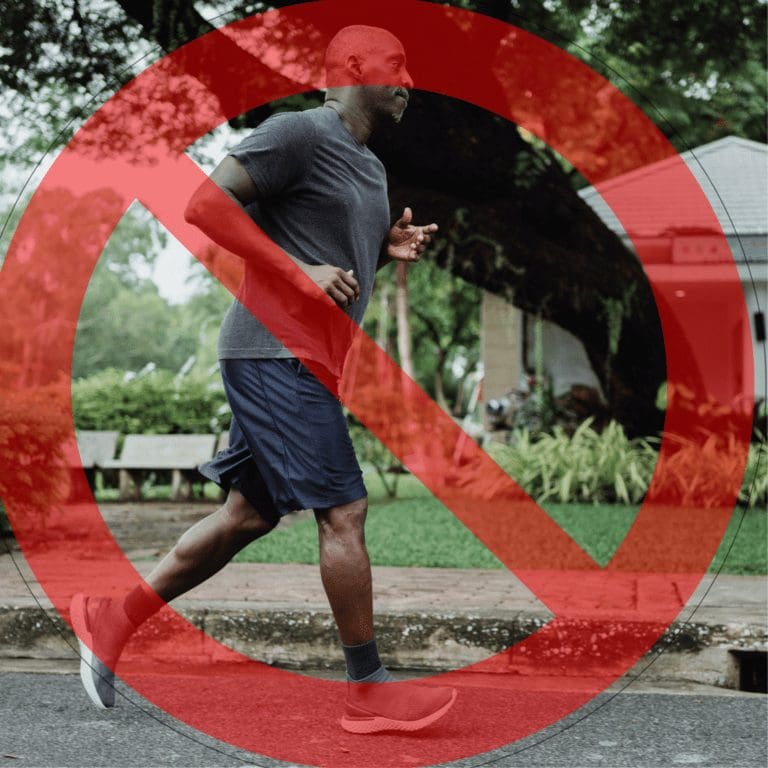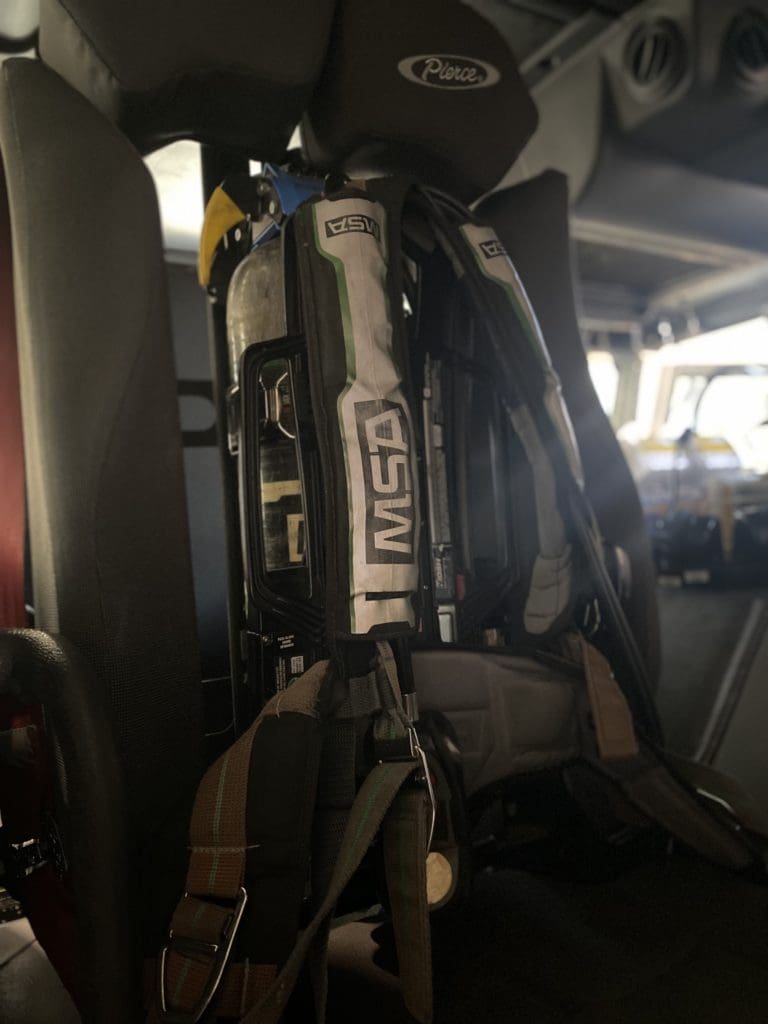What Do EMTs Do On The Job
If you have been in the fire service, know of someone in the fire service, or you have interest in joining the fire service, you have more than likely have heard how many firefighters have to at least be an EMT.I wrote about this in great detail on this post here, go check it out now.
Now, I want to clarify that in this post, I will be referring to a fire based EMS system, and not a private EMS system. I currently work in both types of EMS systems, so I will be sure to expand on that a little bit below
This of course is not true for every location and jurisdiction, so there tends to be some kind of range when it comes to emergency medical response. Some departments may strictly be firefighters, while others may at the very least be medical first responders.
So what do EMTs do on the job?
An EMTs job is to primarily address any life threats that a patient is dealing with. An example of this is a patient actively choking that is cutting off his/her ability to breathe. Or a male patient that amputated his hand with a circular saw in a shop. These are injuries or medical emergencies that require immediate attention or else death is very possible. An EMT is also responsible for assisting an Advanced EMT (AEMT) or Paramedic for medical emergencies that are cardiac in nature, help with IV setups, medication administration and more.
Role Of An EMT
So let’s talk a little bit about the role of an EMT. Some important things you have to do as both a firefighter and an EMT or Medic is making sure you have what you need for your shift.
Pre-Shift Equipment Check
When I begin my shift on the ambulance, there are a few things I need to make sure is in operational order, and then I will go into a little detail about them.
- Make sure I place my jacket (cold weather) and my lunch in the ambulance.
- I have to complete a rig check that is the official way to keep track of what I am inventorying
- Gas in the ambulance
- Log into the MDT (Mobile Data Terminal)
- Check oil level of the engine and other fluids
- Make sure lights and emergency lights are working
- Check main O2 tank PSI
- Check O2 tank PSI on the stretcher
- Make sure I have a spare O2 tank
- Make sure I have enough syringes, bags of saline, band aids & etc
- Check to make sure Glucometer is working and that test strips are not expired
- Make sure I have all appropriate airway devices such as supraglottic & Endotracheal airway devices are present and in good working order
- Check expiration dates and availibilty of medications, as well as narcotics.
- Make sure cardiac monitor has a charged battery as well as CPR machines such as an Autopulse or a Lucas device
That was a summary of my pre-shift check, which is why it is imperative that you arrive early to your shift.
So As soon as I get to the station, the first thing I mentioned after clocking in and stuff, is making sure I have what I need for myself in the ambulance. I like to carry a late lunch with me, because It only took me ONE time to leave my lunch at the station, and we were out on back to back calls until the final 4 hours of shift. I was so hungry and upset that I left my lunch.
Next, besides taking my jacket on cold days, I make sure to carry my P100 mask, which is like an air filter If I have a COVID-19 positive patient. Last thing I need, whether it is Covid or the flu or something else, is to take back home something I picked up at work.
I then make sure to log into our MDT/Navigator, so that when we get a call, the GPS route is automatically programmed in as soon as we are toned out. One thing from the list that I should’ve listed first if I were listing them based on importance, is checking that the cardiac monitor is working as well as enough battery to last the shift. The worst possible thing that can happen to your crew is hooking a 12 lead (10-12 prongs to read cardiac activity) to a patient who may possibly be having a heart attack, only to have the monitor turn off.
In the same breath, you want to make sure that there is always a fresh battery in the Autopulse or Lucas. I remember one time our crew went on a call with a patient who was PNB ( pulseless not breathing). We arrived on scene shortly after the original EMS unit did. They attached the Autopulse to the patient and began to bag.
About 2-3 minutes in, the Autopulse turned off due to the battery dying. Talk about the most opportune time to do so. Make sure all of your equipment has fresh batteries.
EMTs On A Call
Usually when our crew goes on a call, the EMT usually will lead the call if it is an emergency that requires only BLS (basic life support). These types of calls are usually things like patients with confusion, trips and falls, interfacility transfers, etc. Otherwise if it is an ALS (advanced life support), the paramedic would take lead.
One of the first things an EMT should be doing on every call as soon as possible is obtaining a set of vital signs. This will usually include things like blood pressure, pulse, blood glucose (blood sugar) respiratory rate, lung sounds and more. All of these and their readings depend heavily on the age of the patient, as well as what the medical emergency is.
Let’s say you are assessing a 23 year old male with an upset stomach, the following would be the ranges I would be expecting to see to consider it “normal”.
- BP: 120/80-140/70ish
- HR: 60-100ish bpm
- RR: 12-18ish
- BGL: anywhere between 70-110ish
- LOC(Level of Consciousness): should be aware of self, place, time & events
Now if there were the same exact vitals for a newborn (minus the LOC since newborns can’t talk), i’d be very concern, and this would clearly be something a paramedic who is trained in Pediatric Advanced Life Support (PALS)
Pediatric patients tend to have normal baseline vitals of:
- BP: 60/40ish
- HR: 90-160ish bpm
- RR: 30-60ish
If those same numbers were the vitals of that same 23 year old male example I used earlier, this would signify that his body is in shock and can no longer compensate properly. Very likely the patient will have lots of fluids pumped into him in order to attempt to raise that BP, but very likely the patient wouldn’t even be conscious with such a low bp.
Understanding these ranges on the demographics of your patient is crucial in order to know how to properly treat them.
Firefighter/EMTs need to know and understand anatomy and physiology just as well as they know and understand fire behavior. Another great example of knowing your anatomy physiology, could be an elderly woman who is confused and agitated. All her vitals appear normal, but you find out that the patient has not eaten in about 10 hours.
Your knowledge in A&P will indicate to you that this is possibly a diabetic episode. An EMT on this call will immediately test the patient’s blood sugar to see if it is too low. If the patient’s blood sugar is dangerously low, they may be passed out. If they’re passed out, they cannot eat any food, or drink anything to correct the low blood sugar. So there is a medication called Glucagon that is usually given intramuscularly that will convert stored glycogen into glucose (sugar), and steadily start to bring the blood sugar to a normal level.
If this same patient has a blood sugar on the opposite end of the spectrum, there is not much that can be done for the patient at this point. Something that some medics will do is give the patient fluids, in an attempt to dilute their blood a little and lower the high blood sugar. This is just one of those things that has to be handled in the hospital, and we need to get them there as fast as possible, similar to what a crew will do for a patient that is having a stroke or heart attack.
Conclusion
Bringing this to a close, EMTs do a lot of important work during EMS calls. It is easy to assume that EMTs are not very useful, and that everyone should be paramedics. A great EMT is like compared to just your average paramedic is like two basketball players. One has mastered the basics of the game, and the other is decent at the basics, but is also pretty good with the flashy moves.
If you are starting your journey into the fire service and are actively pursuing your EMS certifications, make sure you understand how the body works, and how it’s normal function is affected when disease is present.
I hope that this has been helpful to you, and don’t forget to subscribe in order to get notified whenever we publish a new post.







